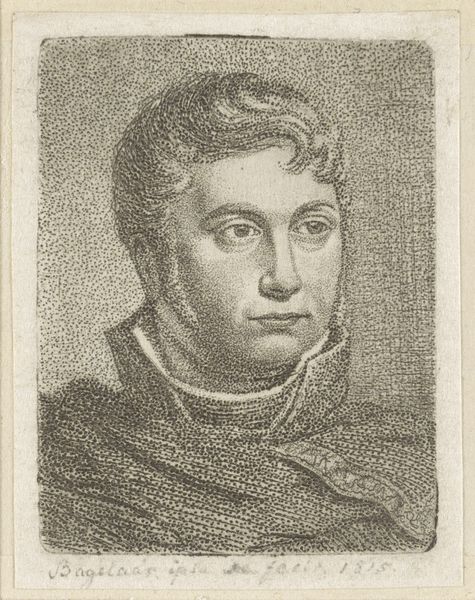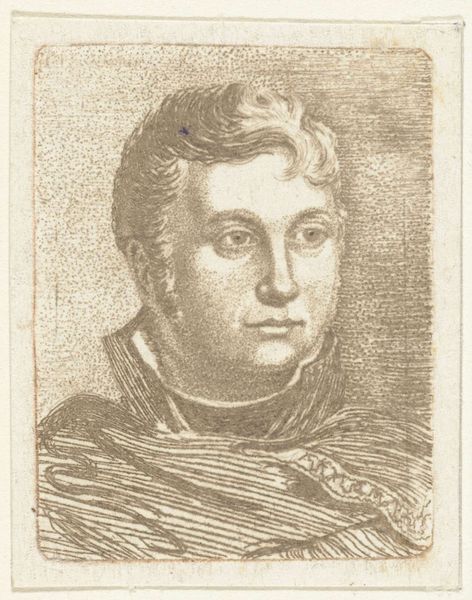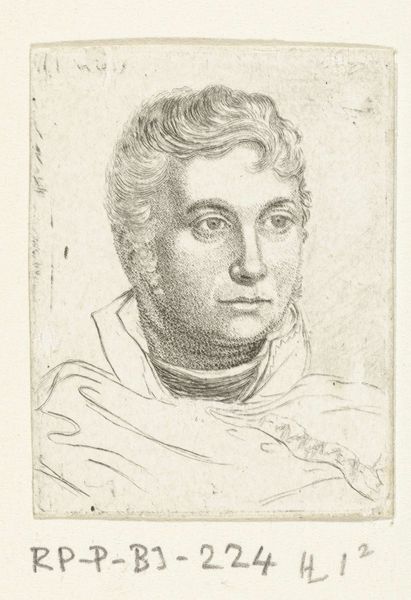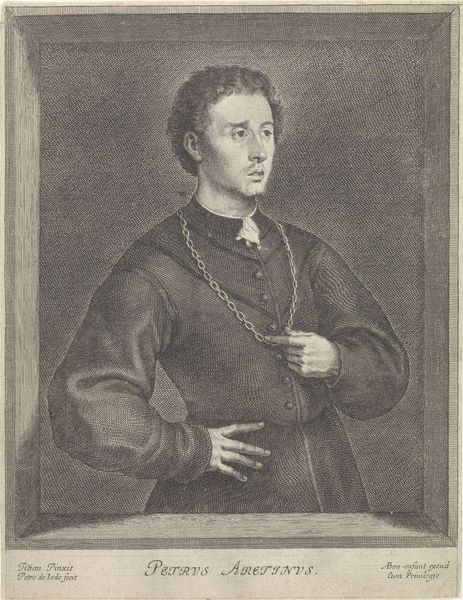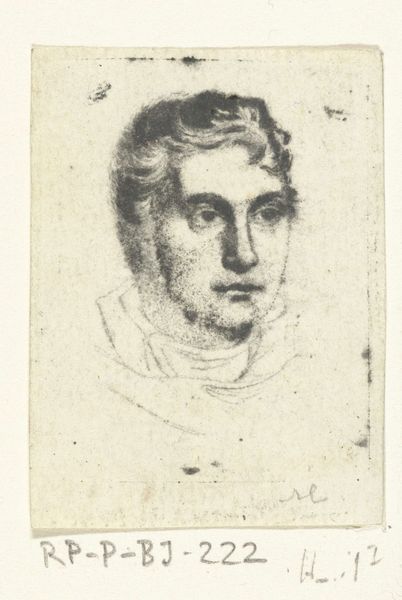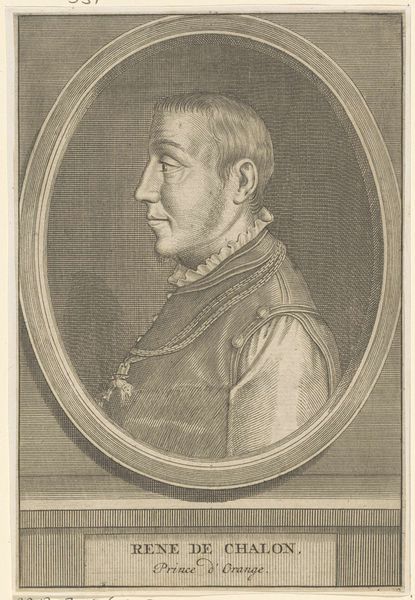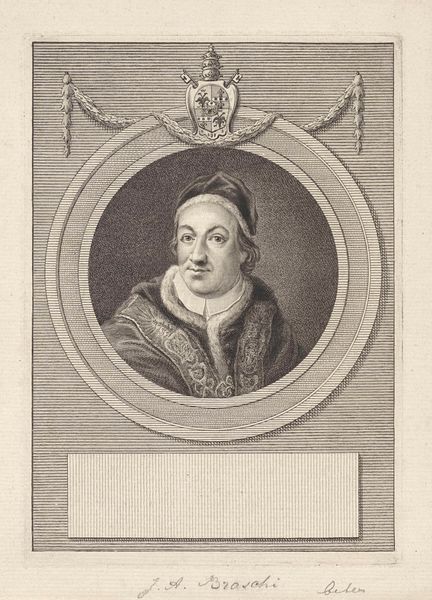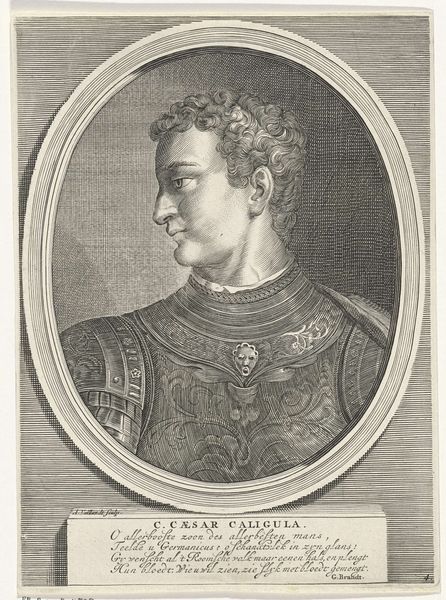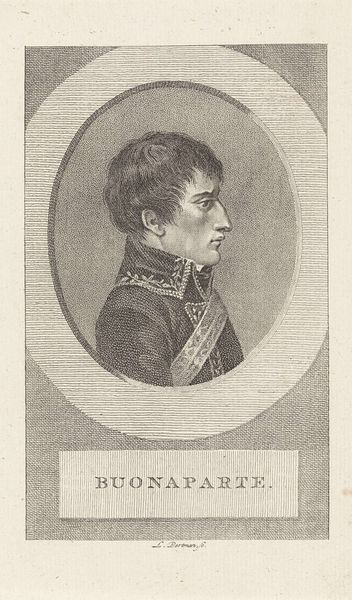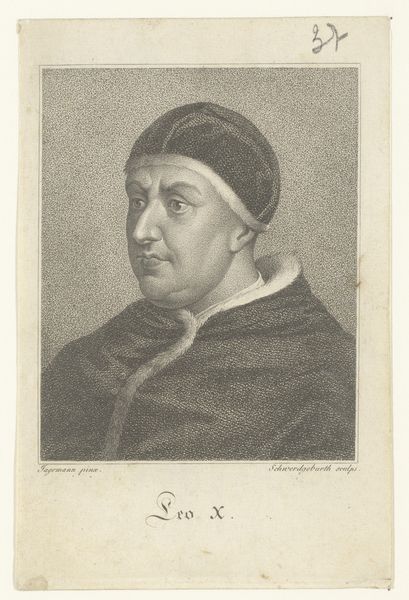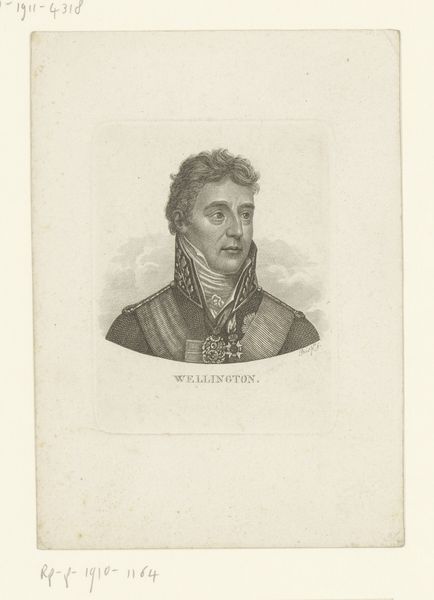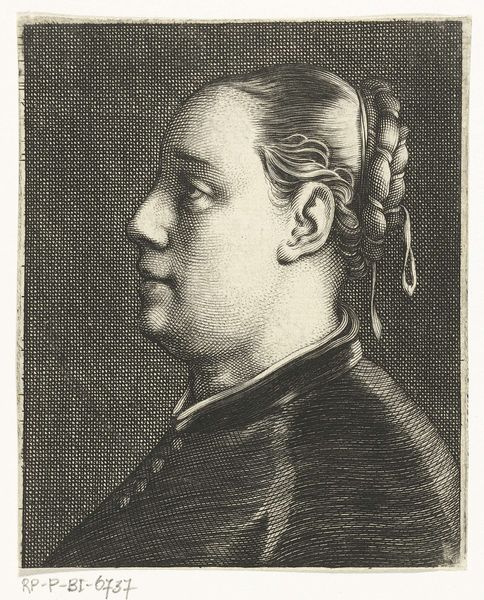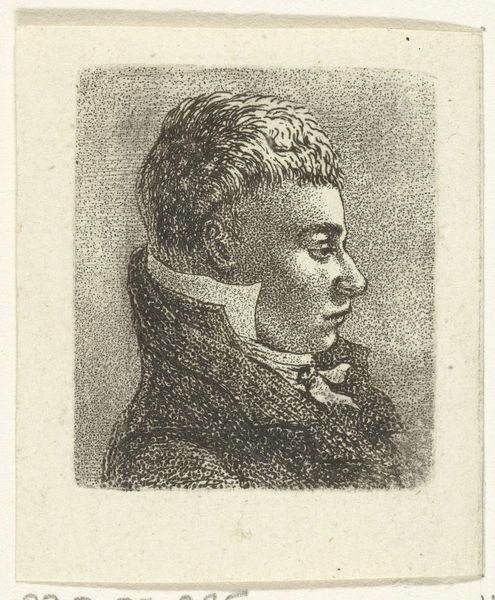
print, engraving
#
portrait
#
neoclacissism
# print
#
old engraving style
#
portrait drawing
#
engraving
Dimensions: height 50 mm, width 40 mm
Copyright: Rijks Museum: Open Domain
Editor: This is a printed portrait bust of Ernst Willem Jan Bagelaar, created sometime between 1798 and 1837 using engraving techniques. I find the subtle gradations in tone particularly interesting; it gives a surprising amount of volume for a print. What specifically draws your eye in terms of its visual language? Curator: It is indeed a masterful exercise in tonality achieved through line variation and density. Notice how the engraver uses the fineness and proximity of the lines to articulate the fall of light across the face, creating subtle modelling of the subject's features. Consider, too, the deliberate use of empty space, its compositional function allowing the form to breathe, so that it avoids congestion within the image frame. Editor: The hatching is remarkable, especially in capturing the textures of the coat. Do you think this emphasis on surface texture is a defining element? Curator: I suggest viewing the surface texture not merely as a textural record, but also as a form of mark-making that constitutes its own distinct visual event. Reflect upon what that contributes to the object; Does this drawing enhance, disrupt, or complement what we might imagine as a representation of this man's character? Editor: I see what you mean. The marks themselves become part of the story, complicating any simple reading of likeness. I hadn’t considered how much the lines themselves contribute to the image beyond mere representation. Curator: Precisely. In observing the piece this way, the engraving transforms from being solely a historical likeness into a complex visual object meriting contemplation of the engraver's craft and choice.
Comments
No comments
Be the first to comment and join the conversation on the ultimate creative platform.
